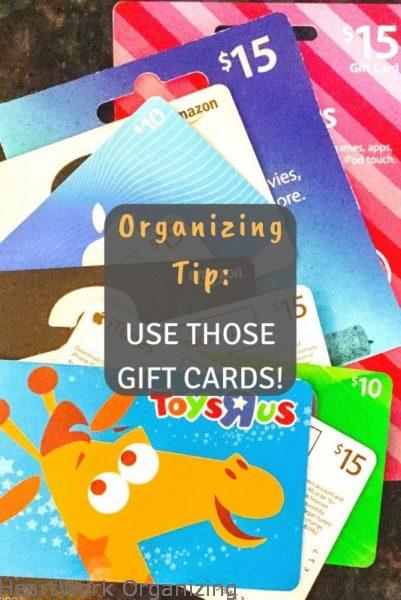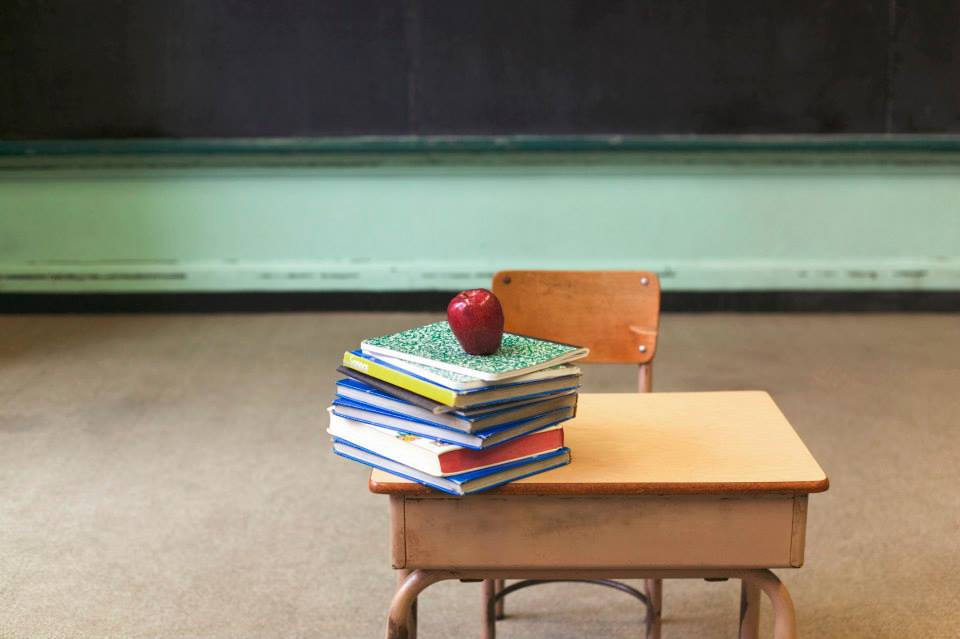Space exploration has been in the news a lot lately. For example, the New Horizons mission finally reached Pluto this summer and twin astronauts Scott and Mark Kelly began an incredible experiment that will address the effects of long-term space travel on the human body. All this space buzz is getting my little ones super excited about astronomy.
Actually, our family has always been a fan of space, astronauts and all things mysterious out there in the universe. For us, a trip to the Air & Space Museum in DC is like visiting a candy store. Our love of the stars and planets might have something to do with the fact that my step-grandfather, Raymond Haney, was a NASA engineer and his son continues to work in the same field to this day. Yes, that definitely has something to do with it. Let's face it, though, the universe and the sheer enormity of things to discover up there is amazing. Space will always be cool.
With the first high definition photographs of Pluto and its moons unveiled this past July, it got me thinking about another exciting July for space exploration, for humankind and specifically for certain members of my family who were kids when my grandfather was involved with NASA. I spoke with my aunt Joan Romano of Ponte Vedra Beach, Florida, to find out what it was like to be the child of a NASA engineer during a time when humankind first set feet on the moon.
 Where were you and how old were you during the first moon landing in July of 1969?
Where were you and how old were you during the first moon landing in July of 1969?
I was ten (and a half) years old. It was my older sister's birthday and we went to where my Dad worked — Goddard Space Flight Center. Goddard was the testing station for NASA. My dad was a vacuum test engineer… There was a big room with guys lined up at desks, a lot like how the control room looked in the movie Apollo 13. There was a big wall of screens. They were like the biggest televisions I had ever seen.
My dad showed us how all of the centers, Houston, Canaveral, Alabama, and Goddard are all linked and they each had a job to do. And then the room got really quiet. There seemed like one-hundred but I am sure it wasn't that many guys that looked like my dad— white short sleeved shirts and black framed glasses. I couldn't see past them and my dad pulled chairs up for my brother and me to stand on. We were in the very back of the room. The silence seemed to last forever and everyone stared at the screens. Then it erupted in screaming and hugging and I saw the footstep on the moon. Those are the most vivid memories, except then we went out to lunch at the Department of Agriculture's cafeteria and I had chocolate pudding.
I told you about the restaurant because I wanted to show how these amazing engineers were just normal guys. The Dept of Agriculture had this cafeteria and the engineers called it The Funny Farm and they loved to eat there. You had to drive by the farms that the Dept ran and we would stop and see the baby animals on the way. The day of the moon landing we saw baby pigs be born and I think my dad was almost as excited about the pigs as he was about the moon.
How did you father react while watching the first moon landing?
You have to know he was a man who cried at phone commercials. I looked at his face and he was biting his bottom lip, tears were streaming down his face, and he had these unbelievable blue eyes (he called them heavenly blue), and they were shining. His cheeks were so red. He was hugging and thumping the other engineers and us… Those guys live and breathe outer space and the magic it holds.

NASA Vacuum Chamber |
What is a vacuum test engineer?
A vacuum test engineer runs these giant vacuum chambers. Since space is a huge vacuum, anything they send out in it gets tested first in these big vacuum rooms. Dad put stuff in it and monitored how well it did, if they needed something else, stuff like that. The things I remember most that he worked on were the IMP-1, the tiles from the space shuttles, which you may recall had some issues and he had warned them. He worked on the mirror for the Hubble (and said it was out of round, which just pissed him to no end), he worked on designing the elbow for the arm that came out of the space shuttle, and he worked with the National Archives in developing a way to put old texts through the vacuum which helped halt the aging process. As he said, it worked for books, not people. He also built his own solar collector in our back yard and on sunny days our house used no electricity. It was ugly but it was amazing.
What's another memory you have of your father and his work?
The other NASA memory that is really vivid is the day the shuttle blew up. Dad had just retired, but he had worked on this — it was his last project. He called me that morning to remind me to watch. I was standing with my roommate when we saw it explode and I ran to call my dad. He was sobbing. He couldn't believe it and just fell apart.
How did your father nurture a love of space and science in his children?
He would just always say, "Look at that!" He was always showing us how stuff worked, asking us questions why we thought something was like it was. Clouds, stars, bugs, everything was cool. And I really, really wanted to be an astronaut. The year I graduated from high school was the first year women were allowed to apply to the Naval Academy. My dad got Barbara Mikulski to do my recommendation, even. And my mom shot it down. Seriously killed me.
She didn't want any daughter in harm's way. She did approve art school so I went to MICA… But my dad was so cool with me going to art school, too. He would come down with me and look at the architecture and go to the galleries. He got me confident enough to drive through the city and read a map… he did make everything about science and was always saying, "look at the physics of it." Even a Frisbee, kites and footballs. He taught me to throw a pretty good spiral, how to change the oil and spark plugs in my car (so that no mechanic would ever rip me off). And all of it was about science.
Note: Raymond Haney served in the Marine Corps and reserves for more than 20 years. He worked as a research and development engineer for Holley Carburetor Company in Detroit, a propulsion and fuel engineer at the Martin Company in Baltimore and later became the senior engineer in their space simulation lab. He started work on the Saturn launch vehicle and Titan. He served as senior engineer in the Test and Evaluation Lab for Sperry Rand at Goddard Space Flight Center. He was the liaison between NASA test conductors and facility managers. He was a member of the Institute of Environmental Sciences and was co-chair of the Seventh Space Simulation Conference.
For further information: Kids and families can read all about what's going on at NASA by visiting the NASA Kids Club. Sign up to track the International Space Station with email alerts from Spot the Station.
 EJ Curran is a Delaware mom. This post is adapted from her blog, FourLittleMonsters.com.
EJ Curran is a Delaware mom. This post is adapted from her blog, FourLittleMonsters.com.






